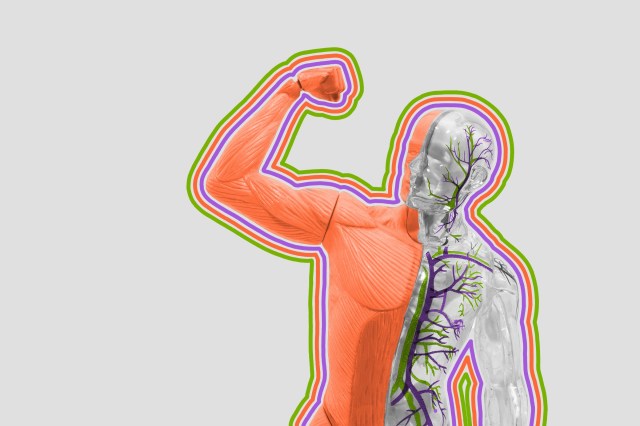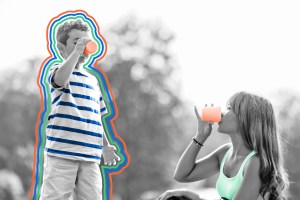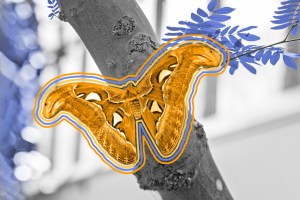
Numbers Don't Lie

Blood cells are created within ______, the spongy center of bones.

Ready to reveal?
Confirm your email to play the next question?

Blood cells are created within bone marrow, the spongy center of bones.

One incredibly rare blood type is nicknamed “golden blood.”
Most people who require blood in medical emergencies are able to get the help they need thanks to blood bank donations. However, some people have such rare blood types that they’re unlikely to receive blood thanks to the near-impossibility of finding a match. That’s the case for people with “golden blood,” an incredibly uncommon blood type that lacks antigens — the proteins in red blood cells that help the immune system determine between harmful and beneficial cells. (Matching antigens is important during blood transfusions because it keeps the body from rejecting donated blood.) Technically called Rhnull, this blood type is so rare that doctors have identified fewer than 50 people with it since first discovering the type in 1961. People with Rhnull have miraculous blood cells that are able to save lives in tricky cases where patients have less-common antigens, though undergoing medical care themselves is complex, and often requires doctors to lean on a small network of fellow donors to obtain the blood they need.

















